Tasty reads
Freshness, acidity and condensation: native white wines for summer

The Langhe are famous for their stunning reds – Barolo, Barbaresco and the like have traveled the world and stolen hearts (and emptied wallets) of thousands of wine lovers.
However, when the sun beats down hard and the thermometer starts to rise, even the Marchioness (Giulia di Barolo) would take a well-deserved break in the cool of the cellar, perhaps sipping a fresh and fruity Favorita, or an Arneis that smells of flowers, or a glass of lively Moscato that brings a sparkling smile to every face.
Ready to let go of red… at least for an aperitif? Prepare yourself for a dive into that “White Langa” waiting to be discovered: a sea of great wines that will refresh your palate and showcase all the character of our territory!
Perhaps the best known among the white grapes of the area.
A much-discussed name, which according to some derives from Renesio (a locality in Canale), and for others means “rascal” in Piedmontese.
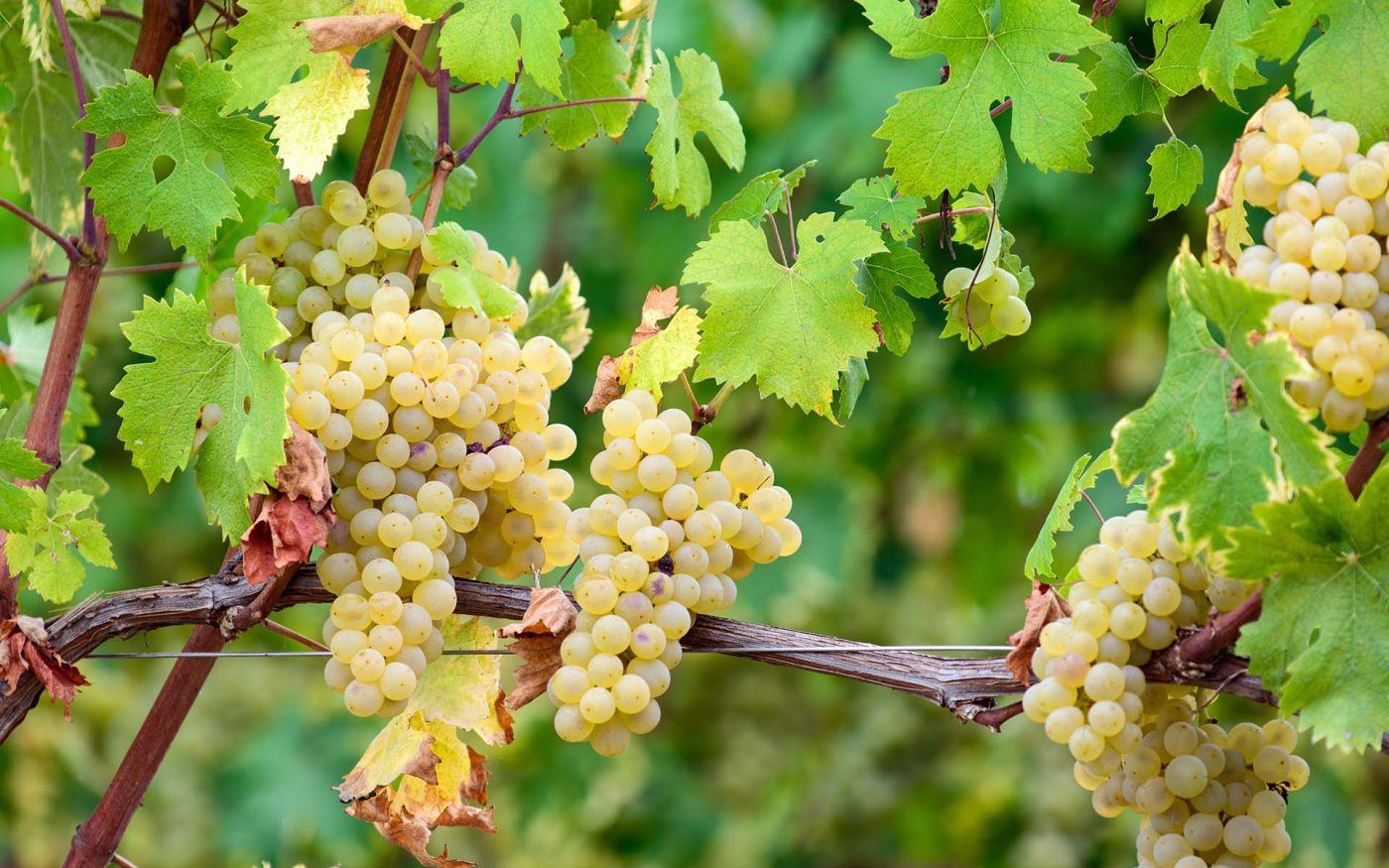
Its origins, however, are certain, tied to the sandy hills of Roero. Once at risk of extinction, this grape variety has recently made a great comeback.
Roero Arneis obtained DOC status in 1989 and DOCG in 2006: consumers have learned to appreciate its characteristic aromas of apricot and peach.
Discover the selection of Arneis on Shop Langhe!
The Nascetta white variety was first documented over 140 years ago.
The name “Nascetta” was coined by Giovanni Gagna, a 19th-century Piedmontese enologist; he mistakenly believed that the grape was related to the Sardinian Nascu. The correct pronunciation is Nas-cetta, with the “e” silent as in French.
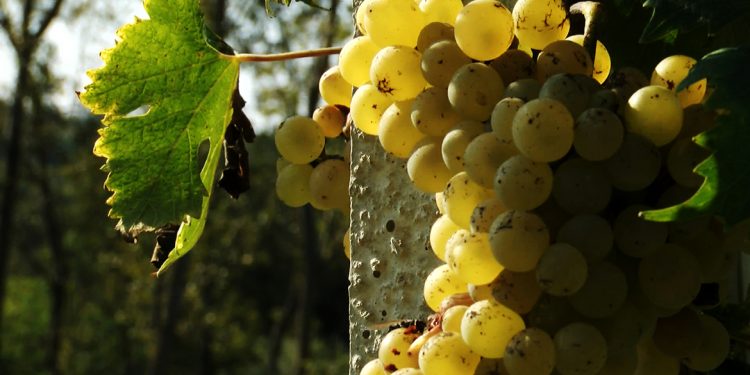
Its personality ranges from pepper/herb/citrus qualities when harvested earlier to tropical styles in riper versions; in both cases, it’s a wine with good minerality.
Another distinctive feature of the Nascetta grape is that it’s extremely resistant to oxidation: leaving a bottle open, even for several days, seems to have no side effects.
The story of Nascetta DOC is so curious that a documentary has even been made on the subject!
Favorita has long been associated with Ligurian Vermentino.
In 1964, the Italian Ministry of Agriculture established that there were enough differences between buds, clusters, and leaves of the two vines to officially classify them as separate.
Favorita grape wines are known for their intense pear notes and a good dose of acidity, due to the late ripening of the grape.
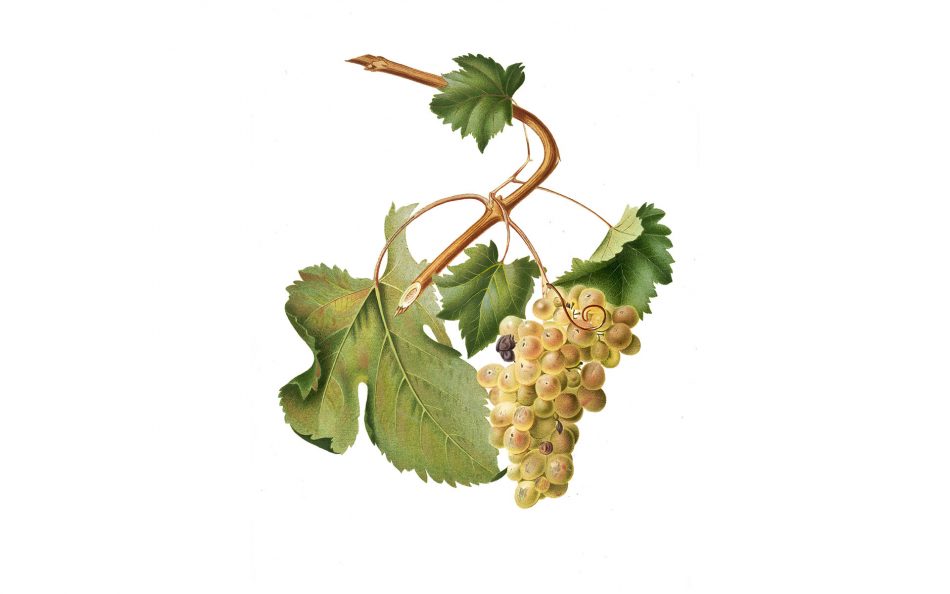
It’s a wine that stands out for its elegance and delicacy: it’s said to have been the “favorite” of Rosa Vercellana, better known in Piedmontese as la Bela Rosin, first the mistress and later the morganatic wife of King Victor Emmanuel II of Savoy. This is supposedly where the name comes from.
Discover the selection of Favorita on our shop!
Moscato, used to produce Moscato d’Asti DOCG, has almost become a cultural phenomenon in recent times.
Sweet, but not cloying. Slightly sparkling. Fresh and with the characteristic flavor of freshly harvested grapes: it has a low alcohol content and an exceptional drinkability, velvety and enveloping, perfect for summer afternoons, terrace aperitifs, and evenings with friends.
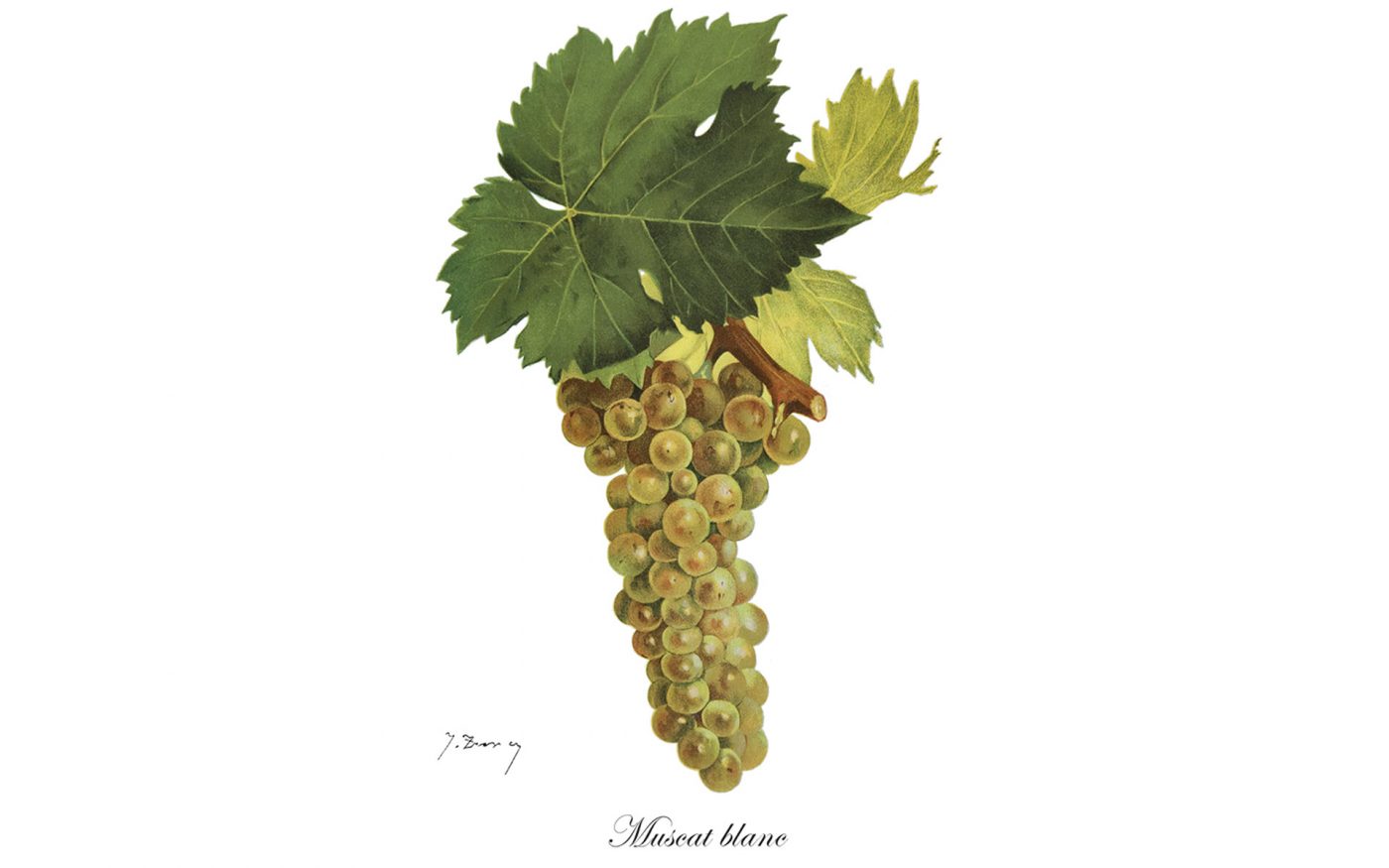
Thanks to its relatively low price, delicate fruity and floral notes, and unparalleled sweetness, this wine is perfect for an afternoon toast under the sun.
The aromatic bouquet captivates any type of palate.
Discover the selection on Shop Langhe!
When summer paints the Langhe hills gold, it’s the perfect time to make bubbles dance in the glass: sparkling Classic Method versions of Roero Arneis, prestigious Alta Langa DOCG, curious white-vinified Nebbiolo.
To leave no one thirsty, we mention, among many, three of “our” classic method wines:
Roero Arneis DOCG For You Spumante Metodo Classico – Demarie: a brilliant, sunny, and luminous classic method. On the nose, you can detect floral scents and at the same time fruity ones reminiscent of broom, chamomile, peach, and apricot. These typical Arneis scents are followed by aromas of bread and yeast. The flavor is dry, pleasant, and harmoniously enjoyable.
Nebula Nature Brut Metodo Classico – Battaglino: a Nebbiolo vinified as sparkling wine with fine and velvety perlage, aromatic profile with floral notes of elderflower and hawthorn that give delicate shades of fruit freshness, between citrus and yellow fruit with notes of aromatic herbs. The sip offers freshness and fruit with a persistent finish, refined and harmonious.
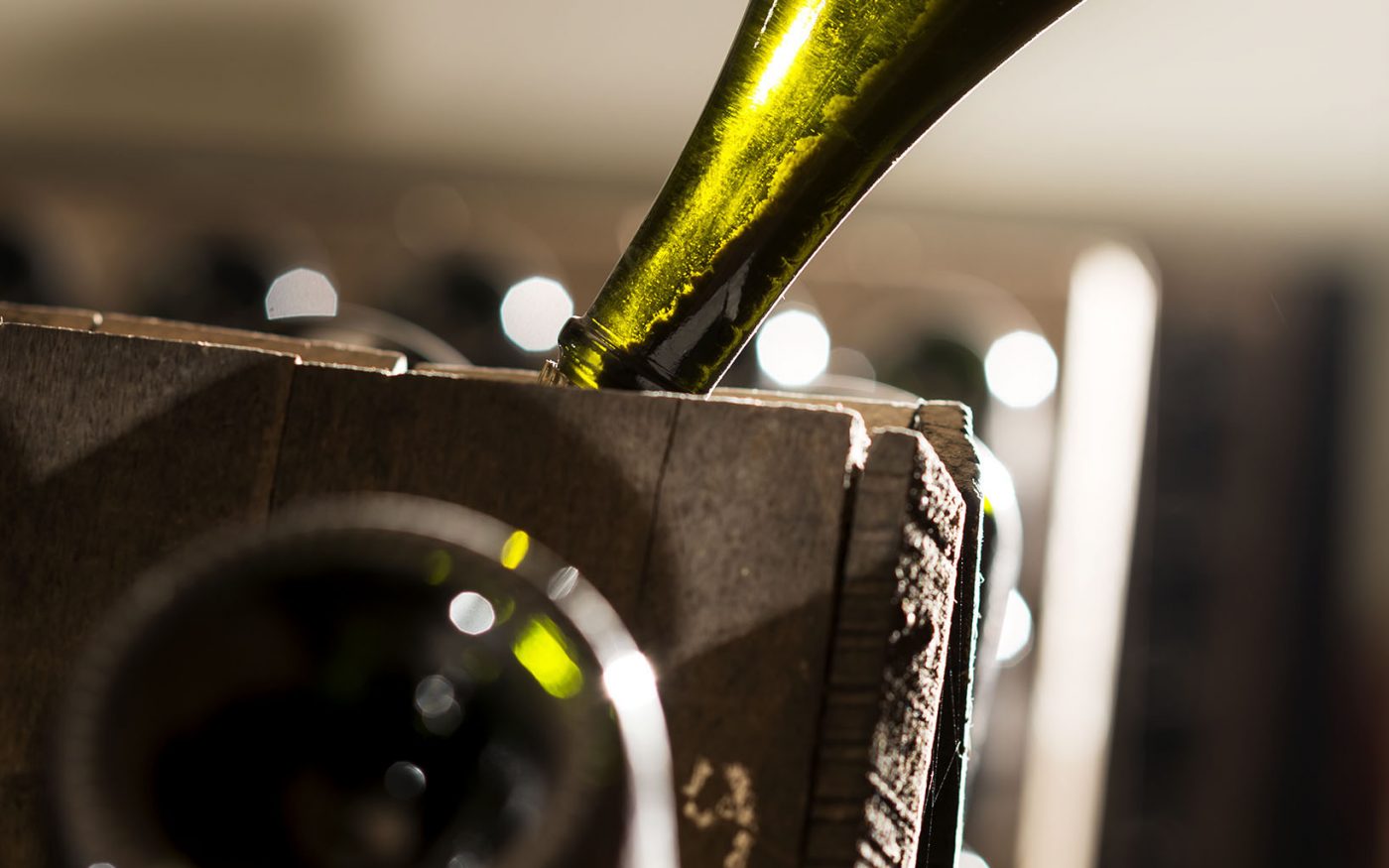
Spumante Brut Metodo Classico Tre matote – Cà Neuva: only 1000 bottles produced for the “Tre matote” brut sparkling wine. Well-balanced, with good sapidity, elegant and with very refined notes. The alcohol content is 12° and the color is light yellow. Excellent as an aperitif, during meals it pairs very well with first courses and fried dishes. We recommend a serving temperature around 10-11 degrees.
To mention pairings, we use the method of seasonality and pair everything that gives us freshness in the mouth.
Acidic notes will dominate and accompanied by light intensity and body will offer us taste combinations like a starry sky.
After the sparkling toast, it’s time to move on to the whites that tell the story of the territory with other vibrations: Erbaluce, fresh and mineral like the Alpine breeze, and Timorasso, full-bodied and savory like a dive into limestone rocks.
Erbaluce is a white wine grape native to Piedmont, probably dating back to the Roman era.
Today it is produced almost exclusively in the small area of Caluso, and is indeed typically known as “Erbaluce di Caluso”.
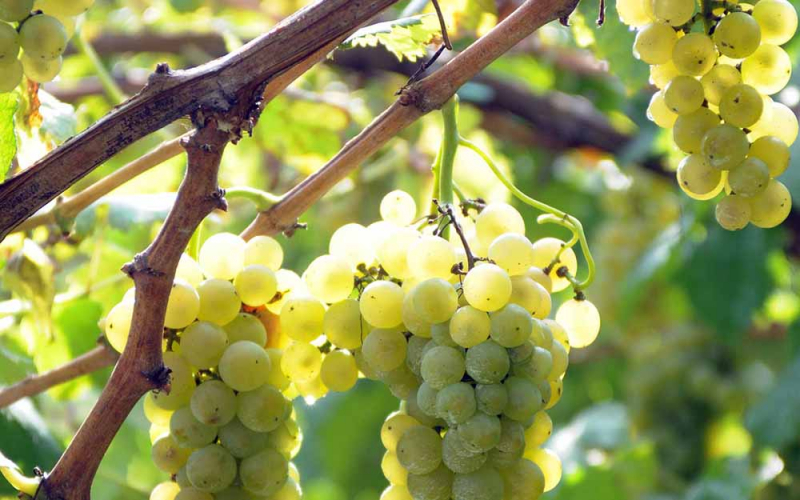
It is an extremely acidic grape, with low yield and a tendency to become highly astringent.
When the fruit is harvested very ripe, the wines are reminiscent of apple, both in the nose and taste: for these reasons, one of its highest expressions is in passito version.
Thanks to its pronounced acidity, it ages well in the bottle.
Made from the grape of the same name, Timorasso boasts more body and complexity than many Italian whites: it’s certainly not the classic light white to sip as an aperitif.
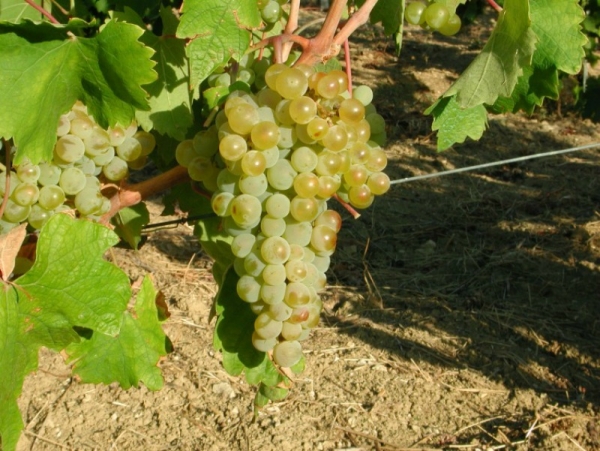
When young, these wines captivate with seductive floral scents and apricot, and with a characteristic apple flavor with pronounced acidity.
As they age, they acquire a mineral complexity and develop notes of dried fruit, almonds, and honey with a harmonious balance.
A white that is interesting to follow in its evolution: you can close your eyes and lose yourself in tasting the union between freshness and body.
